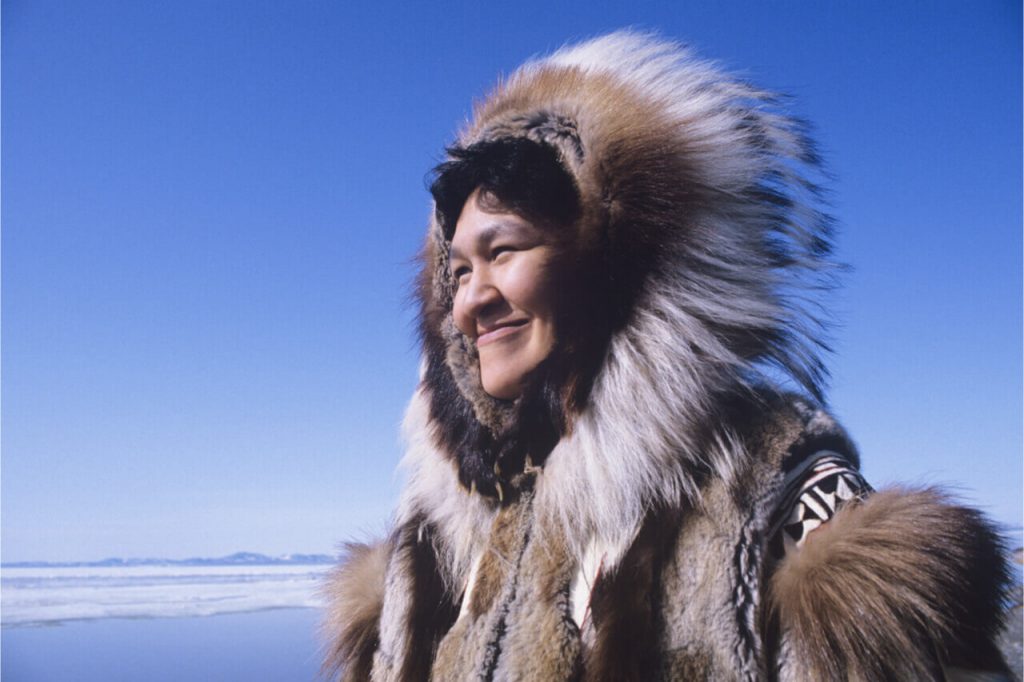Some people wanted to live far from the city. For them, it is a place far from a problem and stress. But is it really true? People may expect Indigenous groups, like Inuit who live in northern Canada, to live longer than average people living in the city. Is that the truth about Inuit life expectancy? These doctors in Palm Beach advise annual checkups and a healthy lifestyle for Inuit people. Since they are far from the city, do they have access to public health services? This article will give you a view about the life of Inuit and the truth about their lifespan.
Who are Inuit People?
Inuit are an Indigenous group, most of whom live in the northern districts of Canada. Inuktitut is the term for people of this cultural group. Inuit inhabited areas are known as Inuit Nunangat, which alludes to the land, water, and ice in the Arctic region.
The term “Inuit Nunangat” may likewise refer to land occupied by the Inuit in Greenland and Alaska. Everything about the lives of the Inuit relies upon the cold climate in which they live.
What Kind of Life Do Inuit People Have?
Inuit people’s life is very different from people living in the city, from the weather they have to the food they eat. Inuit inhabited areas do not have food establishments or any public health services. In short, they do not have any establishments other than their home.
Hunting animals is a popular activity for Inuit people. To chase bigger prey like whales and walruses, the Inuit hunters would assemble in an enormous group.
There are at least 20 hunters that would assemble on a big boat. These people are armed with several harpoons to hunt a whale.
They would append various seal-skin balloons filled with air to their spears. This strategy would secure the whale to not jump deep into the water when they first speared it. Every time the whale rose to the top for air, the hunters would spear it once more.
It would at times take various men quite a while to catch and kill a whale, yet it was well worth it. The Inuit utilized all the whale pieces, including the meat, fat, skin, oil, and bones. An enormous whale could feed a small local area for a year.
Since Inuit inhabited areas are more of cold weather, they needed thick and warm garments to survive. They utilized animal skins and furs to remain warm. They produced shirts, pants, hats, boots, and oversized coats called anoraks from seal and caribou skin. Inuit would fix their garments with furs from animals such as polar bears, foxes, and rabbits.
Factors That Affect Inuit Life Expectancy
It is reported that Inuit life expectancy is decreasing. Chronic illnesses, for example, diabetes and heart disease, are increasing. Even though the rate of infectious diseases has declined impressively, it is still high compared with Western cultures.
Since public health services are far from Inuit inhabited areas, they cannot get the immediate treatment they need. Besides, there is still an ongoing increase of accidents, violence, suicides, and substance abuse which are the most common ill-health problem in Inuit communities. Medical and dental care is not sufficient.
Moreover, here are some aspects that influence Inuit life expectancy.
Inuit Inhabited Areas
 Generally, Inuit inhabited areas are cold and made of ice. They are far from the city and public health services since their place is like a snow desert.
Generally, Inuit inhabited areas are cold and made of ice. They are far from the city and public health services since their place is like a snow desert.
The weather they have influenced their body. Even though Inuit are accustomed to the climate, it can still be a significant factor for coronary heart disease.
The traditional materials for them to make houses are wood and mud. These materials are difficult to find in Inuit inhabited areas, the tundra of the Arctic.
The Inuit figured out how to make warm homes out of snow and ice for the winter. They would create homes from animal skin extended over an edge produced using driftwood or whalebones throughout the summer. The term “igloo” is the Inuit word for home.
Food They Eat
Can you even imagine how a farm can grow in Inuit inhabited areas? Unfortunately, Inuit people could not cultivate and develop their food in the tundra’s harsh desert. They typically lived off of meat from shooting animals.
Harpoons are the material they used to hunt animals like walruses, seals, and the bowhead whale. They additionally ate fish and scavenged for wild berries. A high level of their food was fatty, that is why Inuit life is at an increased risk to have heart disease. Although this kind of food can increase their risk for heart disease, it gave them energy in the chilly climate.
Transportation
Despite the harsh landscape of the Inuit inhabited areas, people here still found ways to travel long distances. On land and ice, they utilized dogsleds called qamutik. They reproduced solid sled dogs from canines and wolves to pull the sleds produced using wood and whale bones. These canines turned into the husky dog breed.
While on the water, the Inuit utilized various types of boats for multiple activities. On the other hand, they used small single-travel boats known as kayaks when they went hunting. They also assembled bigger, quicker boats referred to as umiaqs utilized for transporting goods, dogs, and people.
Conclusion
Other people may see Inuit life living in a problem-free area. However, they try their best to raise families and live a thriving life in difficult conditions in reality.
In fact, Inuit has the lowest life expectancy among Canada’s three indigenous groups, incorporating Metis and Indians. Although they have the right to public health services, they are lagging because of their location. This is a significant factor for Inuit life expectancy to go way down. There are practitioners that strive to provide proper health care to people who live in distance worldwide. One can get help from the doctors from ArmadaleEye.com.au in case they need eye care advise.




